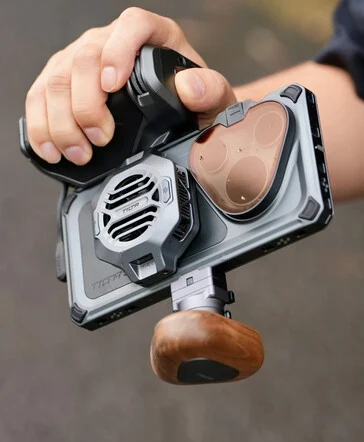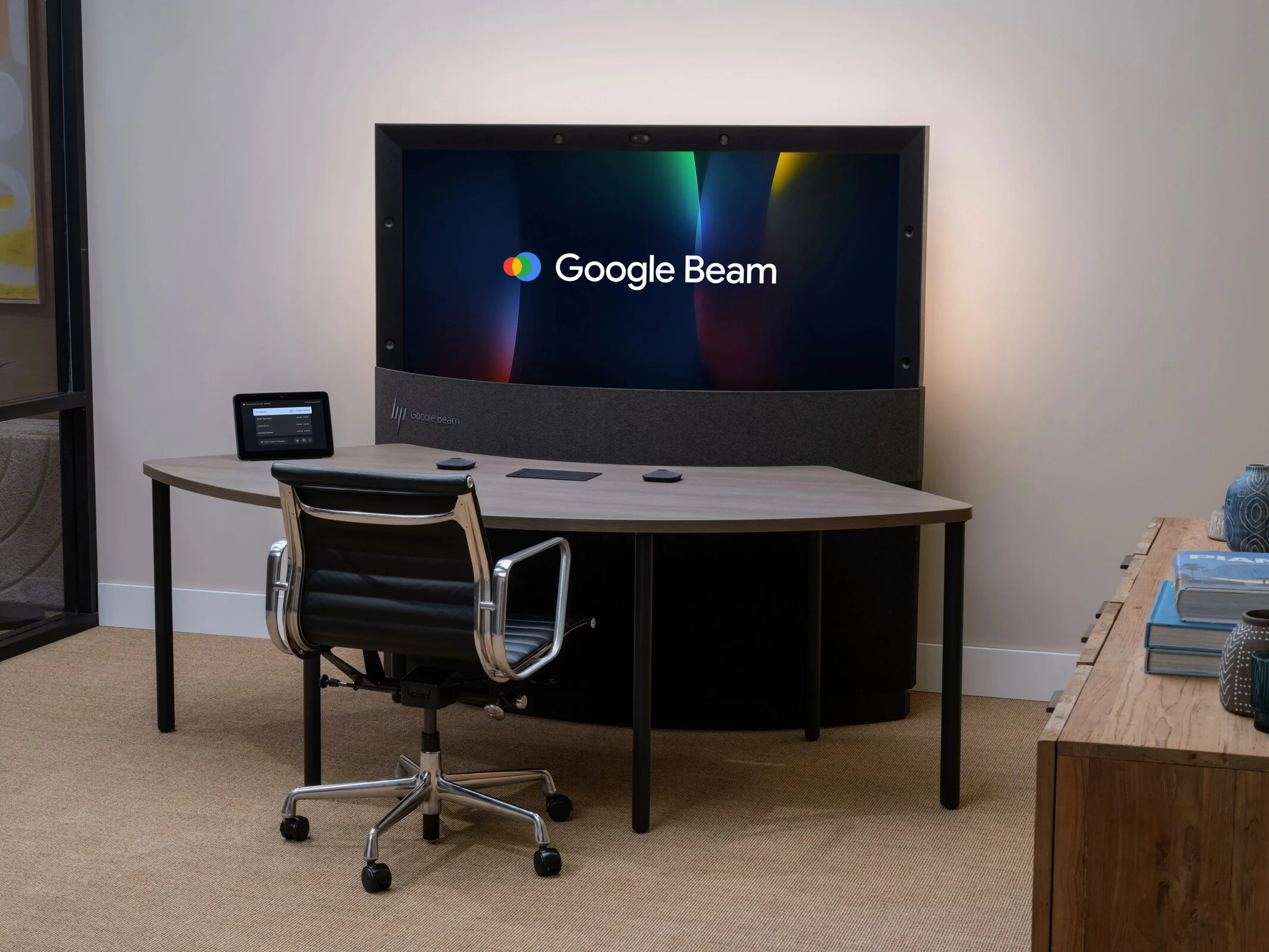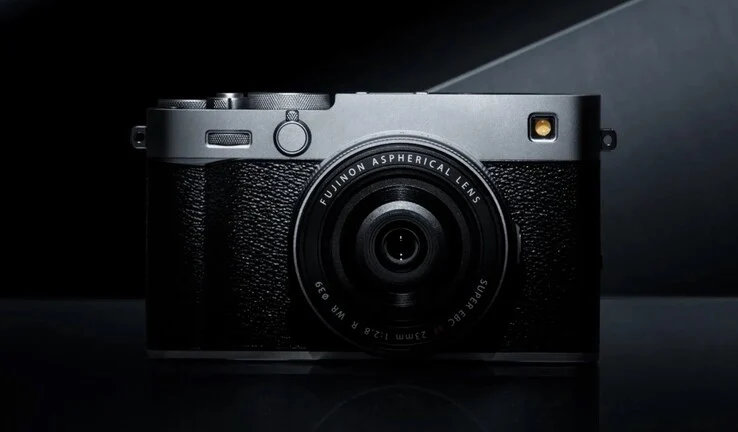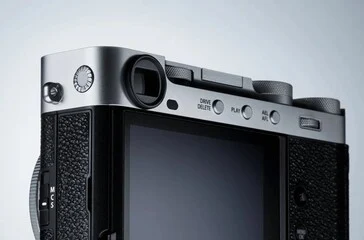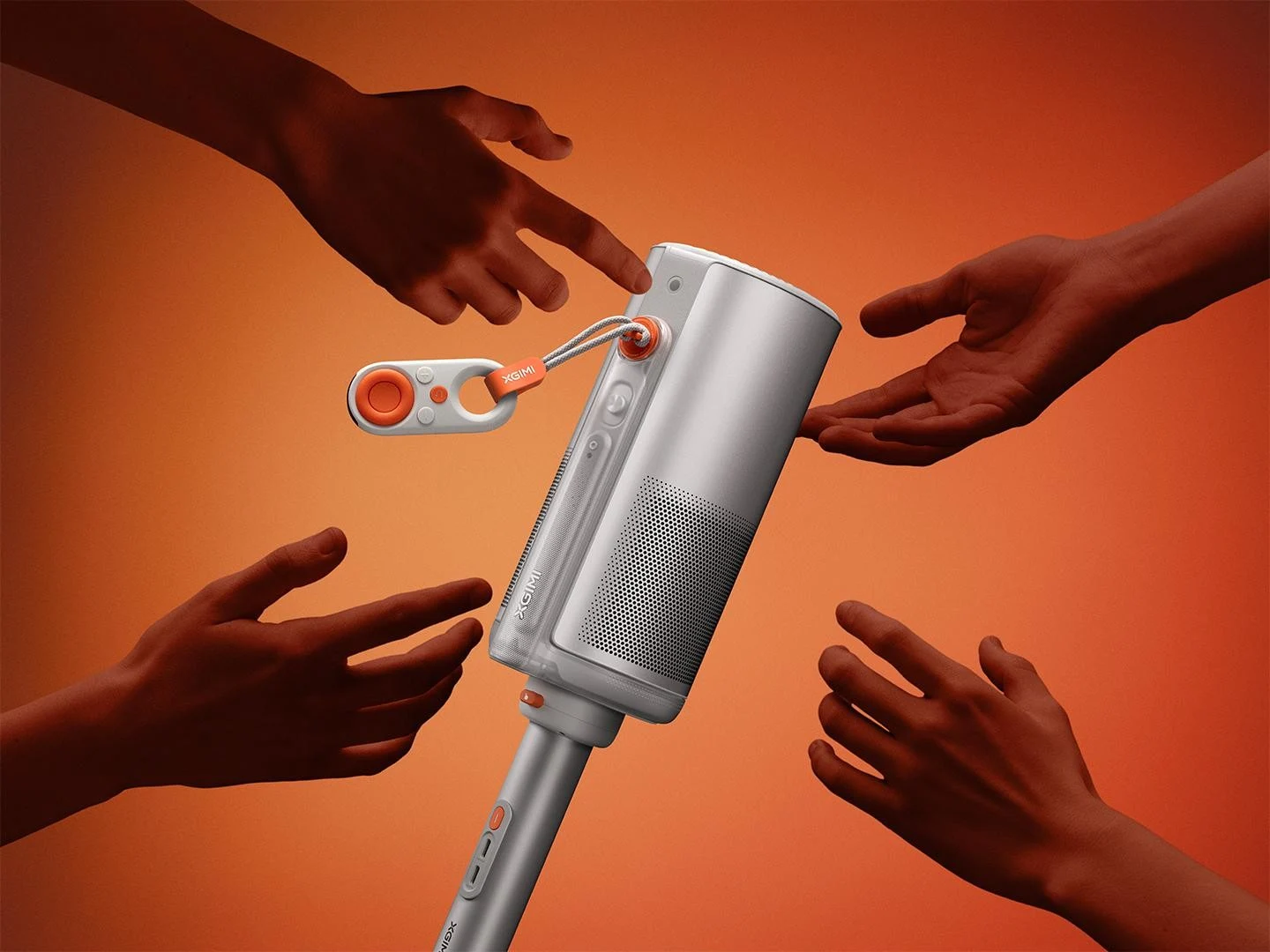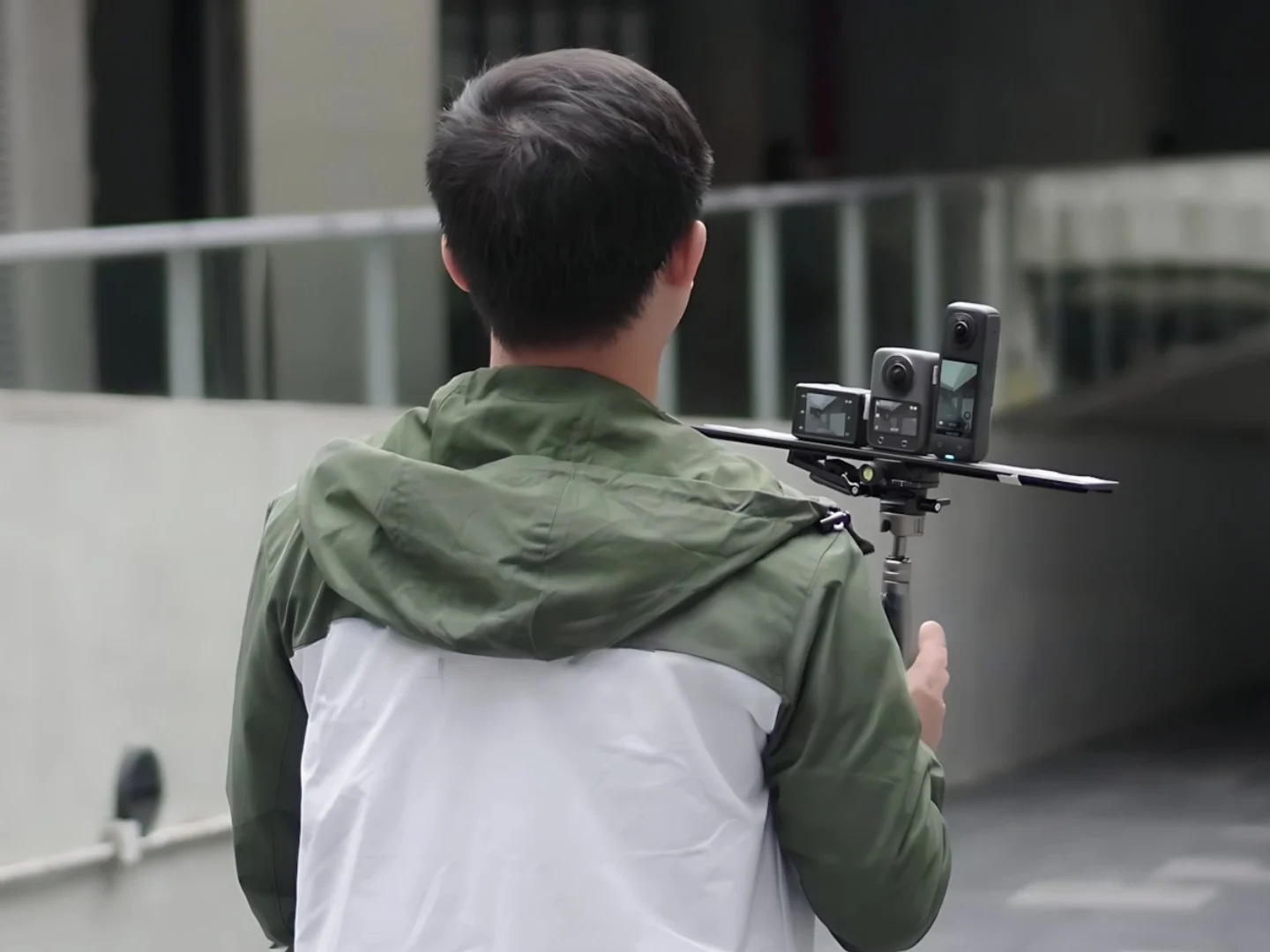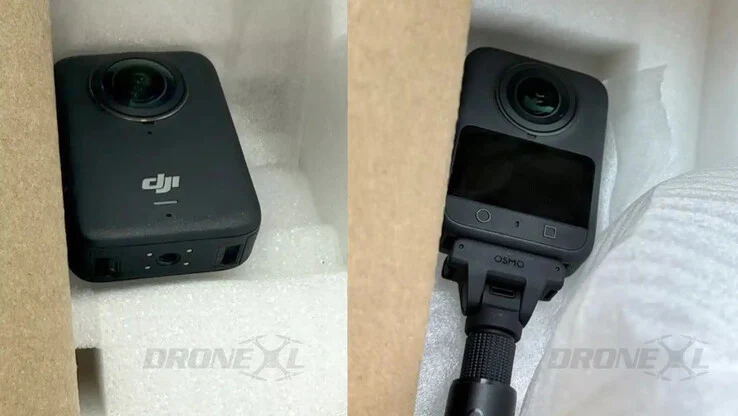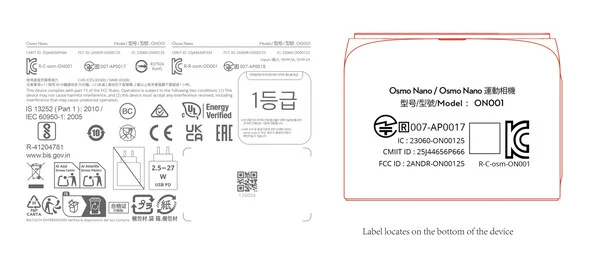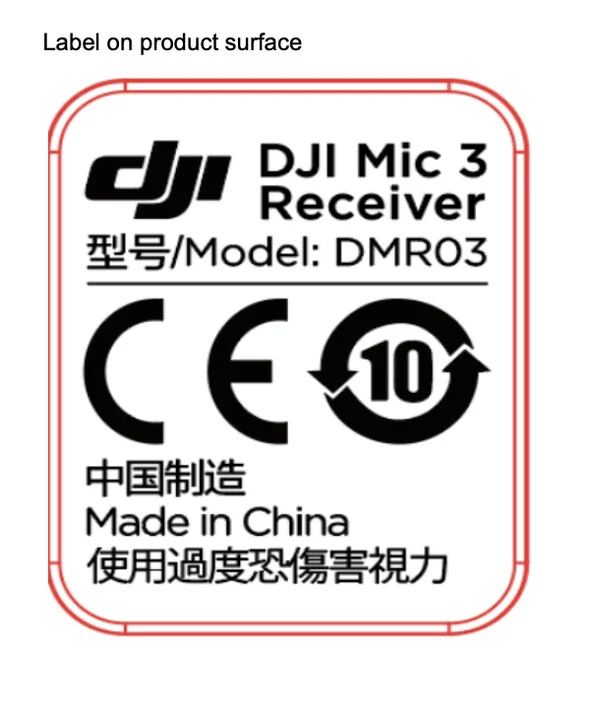Key Takeaways
1. The RG700 Pro comes in two models: a budget-friendly white version without GPS and a more advanced black version with GPS and waypoints.
2. The black model has a superior video transmission range of 300 m (984 ft) and a 720p HD camera, while the white model is limited to 40 m (131 ft) and a 480p camera.
3. The GPS-enabled black drone offers a longer flight time of 20 minutes, compared to 15 minutes for the white model, but it is heavier at 201 g (7.1 oz) versus 171 g (6.0 oz).
4. Both models feature infrared obstacle avoidance, a tiltable gimbal, a foldable design, and subject tracking capabilities.
5. Buyers should consider shipping costs and import taxes when purchasing, as both models are available for direct import.
The RG700 Pro is a wallet-friendly drone that comes in two different types as a direct import. The white version, which has a unique color scheme, is not as capable and does not have a GPS module, relying only on an optical flow system for navigation. On the other hand, the black version, which costs $70 compared to the $37 white model, includes a GPS module and appears to enable waypoints. Both models can send video feeds to a smartphone. However, the black, GNSS-enabled model has a video transmission range of 300 m (984 ft) and uses 5G Wi-Fi, while the more budget-friendly white version is limited to a range of 40 m (131 ft) and operates on 2.4G Wi-Fi. The premium black drone also features a 720p HD camera, while the white version only has a 480p camera, resulting in much grainier images.
Battery Life and Weight Differences
The battery and flight times vary between the two models. The GPS version comes with a stronger battery that offers a flight time of 20 minutes, which is 5 minutes longer than the lower-end white model. However, it weighs more at 201 g (7.1 oz) compared to 171 g (6.0 oz) for the white one. Despite these distinctions, both drones share features like infrared obstacle avoidance, a tiltable gimbal, a foldable design, and smart features like subject tracking. The RG700 Pro is available for direct import, with two batteries included in the price. But buyers should be aware that there might be typical restrictions associated with direct imports, and they should take shipping costs into account before making a purchase; however, import taxes and duties are likely factored into the pricing already.
Source:
Link





